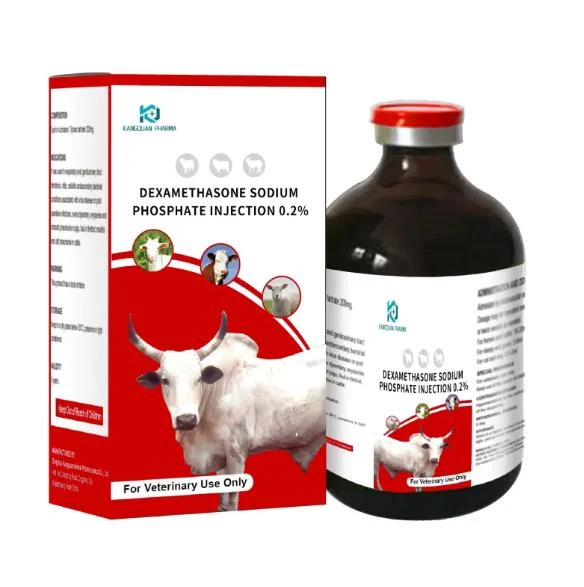- Afrikaans
- Albanian
- Amharic
- Arabic
- Armenian
- Azerbaijani
- Basque
- Belarusian
- Bengali
- Bosnian
- Bulgarian
- Catalan
- Cebuano
- Corsican
- Croatian
- Czech
- Danish
- Dutch
- English
- Esperanto
- Estonian
- Finnish
- French
- Frisian
- Galician
- Georgian
- German
- Greek
- Gujarati
- Haitian Creole
- hausa
- hawaiian
- Hebrew
- Hindi
- Miao
- Hungarian
- Icelandic
- igbo
- Indonesian
- irish
- Italian
- Japanese
- Javanese
- Kannada
- kazakh
- Khmer
- Rwandese
- Korean
- Kurdish
- Kyrgyz
- Lao
- Latin
- Latvian
- Lithuanian
- Luxembourgish
- Macedonian
- Malgashi
- Malay
- Malayalam
- Maltese
- Maori
- Marathi
- Mongolian
- Myanmar
- Nepali
- Norwegian
- Norwegian
- Occitan
- Pashto
- Persian
- Polish
- Portuguese
- Punjabi
- Romanian
- Russian
- Samoan
- Scottish Gaelic
- Serbian
- Sesotho
- Shona
- Sindhi
- Sinhala
- Slovak
- Slovenian
- Somali
- Spanish
- Sundanese
- Swahili
- Swedish
- Tagalog
- Tajik
- Tamil
- Tatar
- Telugu
- Thai
- Turkish
- Turkmen
- Ukrainian
- Urdu
- Uighur
- Uzbek
- Vietnamese
- Welsh
- Bantu
- Yiddish
- Yoruba
- Zulu
Nov . 11, 2024 06:19 Back to list
tilmicosin phosphate in poultry
The Role of Tilmicosin Phosphate in Poultry Health Management
Tilmicosin phosphate is an effective macrolide antibiotic commonly used in veterinary medicine, particularly in the poultry industry. Its primary application lies in the treatment and prevention of respiratory diseases caused by specific bacterial pathogens. This article delves into the significance of tilmicosin phosphate in poultry health management, its mechanism of action, benefits, resistance concerns, and safe use practices.
Mechanism of Action
Tilmicosin functions by inhibiting bacterial protein synthesis. It binds to the 50S ribosomal subunit, preventing the growth and reproduction of susceptible bacteria. This activity makes tilmicosin particularly useful against respiratory pathogens such as Mycoplasma gallisepticum, which is a primary causative agent of chronic respiratory disease (CRD) in poultry. By effectively controlling these infections, tilmicosin helps to improve overall flock health, leading to better growth performance and feed efficiency.
Benefits in Poultry Production
The use of tilmicosin phosphate in poultry offers several benefits. Firstly, it helps reduce mortality rates associated with respiratory diseases. Healthy birds grow faster, resulting in shorter production cycles and enhanced profitability for producers. Additionally, tilmicosin phosphate can improve feed conversion ratios, meaning that birds convert feed into body mass more effectively. This is particularly advantageous in the highly competitive poultry market, where efficiency and cost-effectiveness are paramount.
Moreover, the use of tilmicosin can reduce the need for more expensive and potentially harmful alternative antibiotics. By maintaining the health of the poultry flock proactively, tilmicosin phosphate can contribute to the overall sustainability of poultry farming operations.
Resistance Concerns
tilmicosin phosphate in poultry

Despite its effectiveness, the use of tilmicosin phosphate is not without concerns, particularly regarding antibiotic resistance. The overuse and misuse of antibiotics in livestock can lead to the development of resistant bacterial strains, which can pose significant risks to both animal and human health. In poultry, improper application of tilmicosin might lead to suboptimal therapeutic outcomes and encourage the emergence of resistant pathogens.
To combat this issue, poultry producers are encouraged to adhere to veterinary guidelines regarding the use of tilmicosin. Implementing strategies such as routine health monitoring, vaccination programs, and biosecurity measures can help reduce reliance on antibiotics. These practices contribute to a more holistic approach to poultry management, aiming to minimize disease incidence without over-reliance on pharmacological interventions.
Safe Use Practices
When employing tilmicosin phosphate, it’s essential for poultry producers to follow recommended dosing guidelines to ensure efficacy while minimizing the risk of resistance. Veterinary guidance should always be sought before initiating treatment, and any antibiotic usage should be well-documented. Additionally, adhering to withdrawal times before slaughter is crucial to ensure that antibiotic residues do not enter the food chain, thus safeguarding consumer health.
Another vital aspect of tilmicosin usage is its administration route. Tilmicosin is typically given either through drinking water or feed, allowing for efficient delivery to large numbers of birds. However, attention must be paid to ensure that the dosage is uniform and that all birds receive the appropriate amount.
Conclusion
In conclusion, tilmicosin phosphate is a valuable tool in the poultry industry, playing a key role in managing and preventing respiratory diseases. Its effectiveness contributes to healthier flocks and better production outcomes. However, the potential for antibiotic resistance necessitates careful management and adherence to safe use practices. By integrating tilmicosin phosphate into a broader poultry health strategy that includes vaccination, biosecurity, and responsible antibiotic use, poultry producers can ensure the sustainability and efficiency of their operations while safeguarding animal and human health. As the poultry industry continues to evolve, balancing productivity with responsible antibiotic stewardship will remain a crucial challenge and priority.
-
Guide to Oxytetracycline Injection
NewsMar.27,2025
-
Guide to Colistin Sulphate
NewsMar.27,2025
-
Gentamicin Sulfate: Uses, Price, And Key Information
NewsMar.27,2025
-
Enrofloxacin Injection: Uses, Price, And Supplier Information
NewsMar.27,2025
-
Dexamethasone Sodium Phosphate Injection: Uses, Price, And Key Information
NewsMar.27,2025
-
Albendazole Tablet: Uses, Dosage, Cost, And Key Information
NewsMar.27,2025













